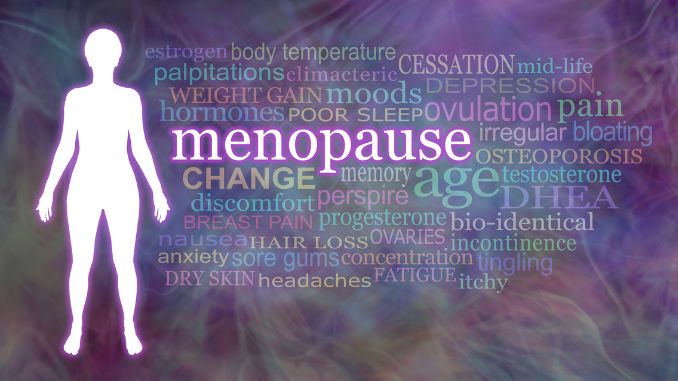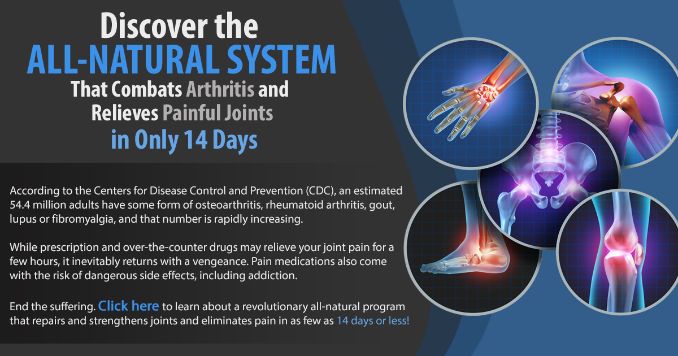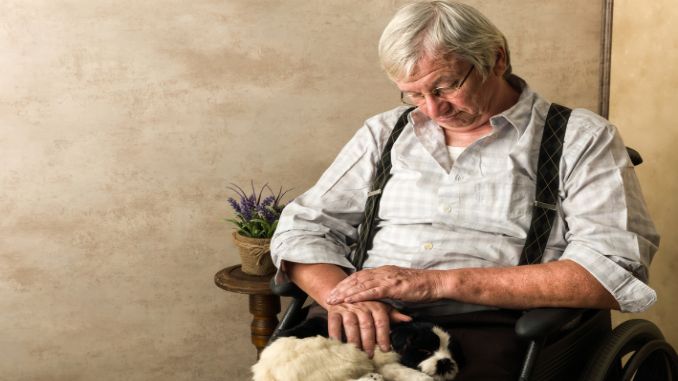Our menopause joint pain guide explains the causes and offers solutions, including natural remedies, medical treatments, and lifestyle changes.
Discover how to manage your symptoms, improve your life, and regain comfort and mobility. Read on for effective relief.
What Is Menopause?
Menopause, the natural end of a woman's reproductive years, usually happens in the mid-40s to early 50s and brings symptoms due to hormonal changes, including a drop in estrogen. Common issues include hot flashes, mood swings, sleep problems, and joint pain, which can make daily activities challenging.
Many relieve menopause joint pain through hormone therapy, anti-inflammatory foods, and lifestyle changes. Regular exercise, weight management, and stress-relief techniques are also recommended. Understanding and addressing specific symptoms like joint pain can help maintain quality of life during this transition.
Understanding Menopause And Its Impact On Joint Pain
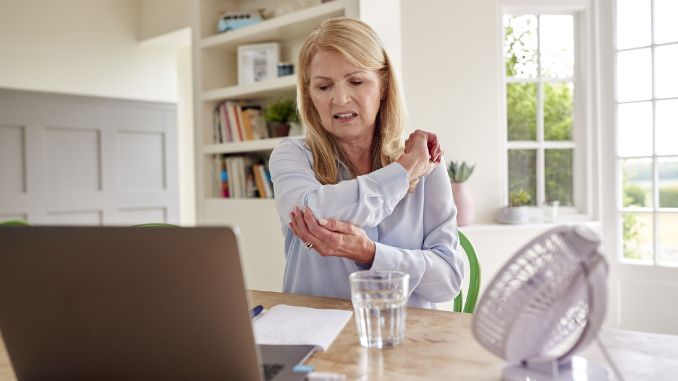
Joint pain is commonly experienced during menopause, much like hot flashes. This is often due to a drop in estrogen, a hormone that helps manage inflammation and keeps joints lubricated. Lower estrogen levels can increase inflammation, leading to joint stiffness and pain. It also affects collagen production, crucial for joint health.
Understanding this link is key to finding relief. Treatments like hormone replacement therapy (HRT) can help by addressing hormonal imbalances. Managing joint pain effectively may also involve eating anti-inflammatory foods, exercising to support joint health, and sometimes hormone therapy. A comprehensive approach combining lifestyle changes and medical advice is essential for alleviating menopausal symptoms and improving joint health.
A. Symptoms Of Menopause Joint Pain
1. Back Pain [¹]
Slightly increases with age, significantly rises during early and late menopause and early postmenopause, and worsens with stress and low cortisol levels.
2. Joint Pain
Worsens with age, and is linked to hot flashes, poor sleep, mood issues, difficulty concentrating, poor health, higher body weight, painkiller use, and a history of sexual abuse.
Hot flashes, night sweats, and flushing.
4. Other Symptoms
Headaches, heart palpitations, and tiredness.
5. Genitourinary Syndrome (GSM)
Vaginal dryness, itching, burning, painful sex, frequent urination, and repeated UTIs.
6. Mood Changes
Irritability, trouble concentrating, loneliness, forgetfulness, insomnia, anxiety, and depression.
7. Physical Symptoms
Joint and muscle pain, backache, osteoporosis, and fractures.
8. Appearance Changes
Weight gain around the middle, excess facial hair, hair loss, and loss of skin elasticity.
9. Cognitive Issues
Memory loss and decreased cognitive capacity can be more pronounced in women with premature ovarian insufficiency.
B. Causes Of Menopause Joint Pain
Diagnosing Menopause Joint Pain
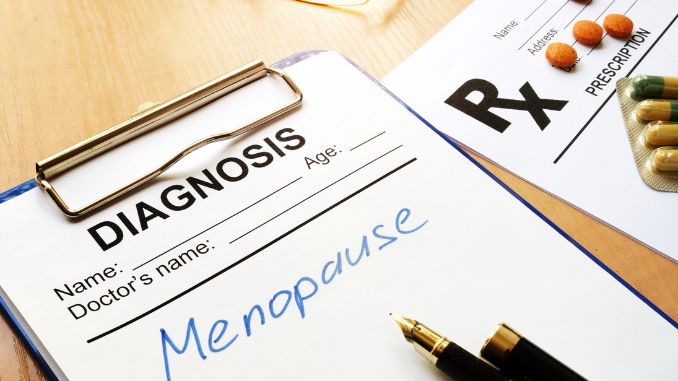
If menopause is causing joint pain, see a healthcare professional. They will review your medical history, examine you, and might suggest X-rays, MRIs, or blood tests to create a treatment plan.
According to Chang-bo Lu's study [³], 71% of perimenopausal women experience musculoskeletal pain (pain in muscles, bones, and nerves) more than non-menopausal women. This pain often worsens from perimenopause to postmenopause. Age and body weight influence the risk. More research is needed to understand this pain's causes and long-term effects.
Lifestyle Changes To Manage Menopause Joint Pain
Effectively handling menopause joint pain usually means making some lifestyle changes. These adjustments can greatly reduce discomfort and improve joint health.
Here are some important tips:
Maintain A Healthy Weight
Extra weight adds stress to your joints, worsening pain. Maintaining a healthy weight with a balanced diet and regular exercise can reduce joint stress and relieve discomfort.
Regular Physical Activity
Exercise strengthens the muscles as well as avoid muscle pain around your joints, providing them with better support. Low-impact activities such as walking, swimming, or yoga can be particularly beneficial without putting additional strain on your joints.
Diet Rich In Anti-Inflammatory Foods
Eating foods that reduce inflammation can help control joint pain. Foods rich in Omega-3 fatty acids like walnuts, flaxseeds, and fish, as well as fruits, vegetables, and whole grains, can help lessen inflammation and ease joint pain.
Stay Hydrated
Drinking enough water is important to keep your joints well-lubricated, which helps them move easily and reduces pain.
Limit Alcohol And Quit Smoking
Both smoking and excessive alcohol consumption can worsen inflammation and joint pain. Reducing or eliminating these habits can improve joint health and overall well-being.
Stress Management
Drinking and smoking too much alcohol can increase inflammation and joint pain. Cutting down or stopping these habits can help improve your joint health and overall well-being.
Adequate Sleep
Getting enough good sleep is key to handling menopause symptoms like joint pain. Lack of sleep can worsen the pain, so practicing good sleep habits is helpful.
Consultation For Hormone Therapy
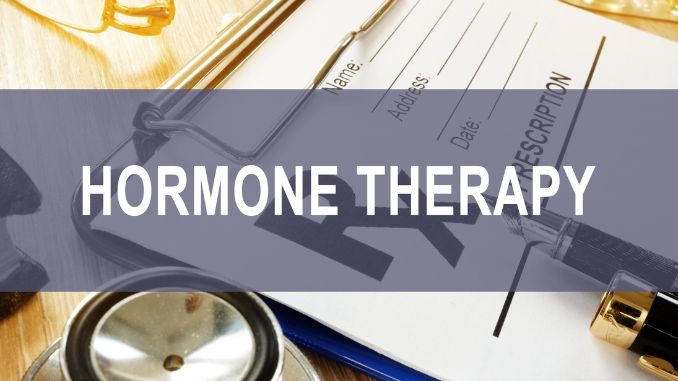
For some women, hormone therapy may be a viable option to manage menopause symptoms, including joint pain. Consulting with a healthcare provider can help determine if this is an appropriate treatment for your situation.
Research from the Women’s Health Initiative [⁴] indicates that estrogen-only medication might give long-term joint pain relief to post-menopausal women. This finding is based on a study where women who had a hysterectomy received either estrogen or a placebo.
Studies show that women on estrogen reported less joint pain than those on a placebo after one and three years. However, Dr. Rowan T. Chlebowski cautions considering the risks of hormone therapy and suggests using the lowest effective dose for the shortest time, according to extended studies.
Exercise And Physical Therapy For Menopause Joint Pain
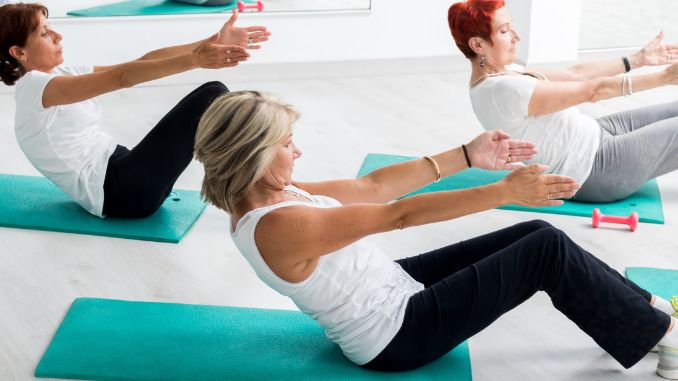
Regular exercise helps manage menopause joint pain. Low-impact activities like swimming, cycling, walking, or yoga improve joint flexibility and strength, easing discomfort and boosting mobility. Adding strength training supports joint function and reduces injury risk. Consulting a physical therapist can tailor exercises to your needs, teach correct form, and advice on reducing joint strain in daily activities.
Try These Easy And Safe Exercises For Menopause Joint Pain
1. Supine Windshield Wipers
Lie on your back on the floor with your knees bent and your feet flat on the floor, wider than shoulder-width apart. Maintain good alignment in your upper body. Place your hands on the floor beside you for support. Engage your core and rotate to lower your bent knees to one side. Return to the starting position and repeat the movement on the opposite side. Repeat the movement in alternate directions.
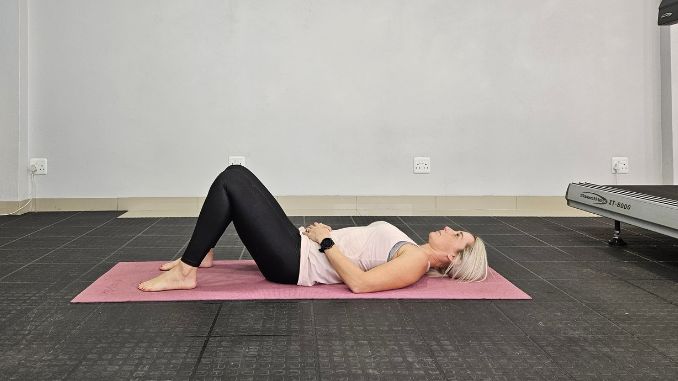
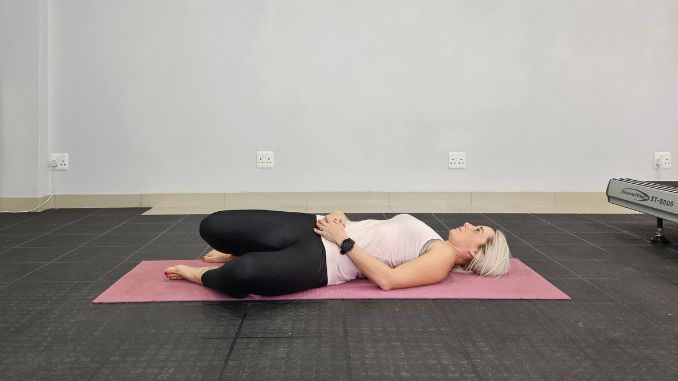
2. Glute Bridge
Lie on your back with your knees bent and your feet flat on the floor, relaxing your upper body. Extend your arms at your sides. Contract your abdominal area, then push from your heels to lift your hips. Hold this position for a couple of deep belly breaths, in through your nose and out through your mouth. Relax and return to the starting position. Repeat the movement. Complete for 5 repetitions.
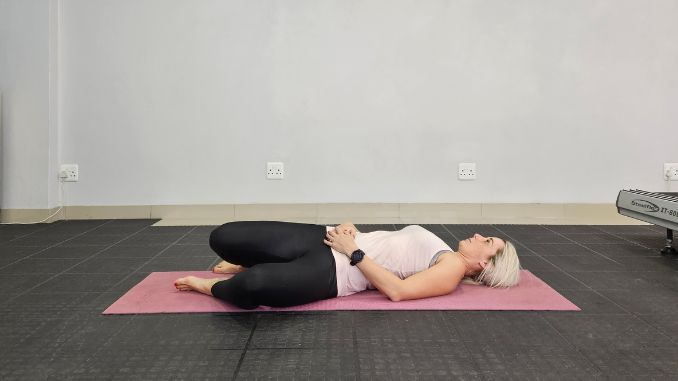
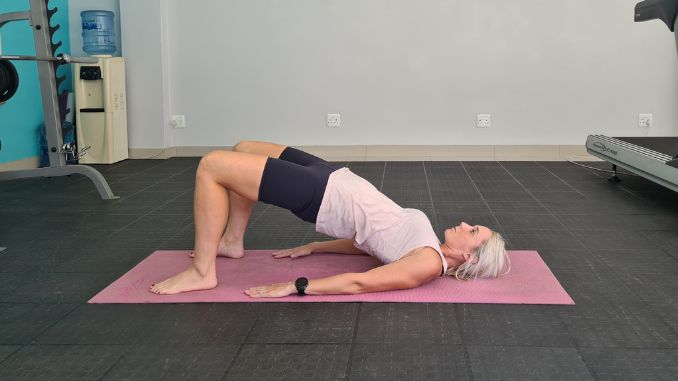
3. Seated Butterfly Pose
Begin in an upright sitting position on a pillow, while maintaining good alignment of your head, shoulders, and hips. Engage your core. Bring your knees out to the sides and bring the soles of your feet together. Place both hands on your knees and close your eyes. Hold the position for several deep belly breaths, in through your nose and out through your mouth.
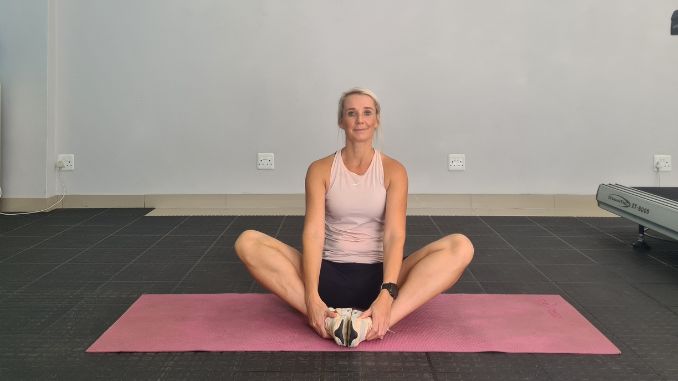
4. Spinal Twist
Lie on your back on the floor with your knees bent together and your feet flat on the floor, relaxing your upper body. Engage your core and lower both knees to one side, twisting your upper body to the opposite side. Hold this position for several deep belly breaths, in through your nose and out through your mouth. Relax and return to the starting position. Repeat the movement on the other side
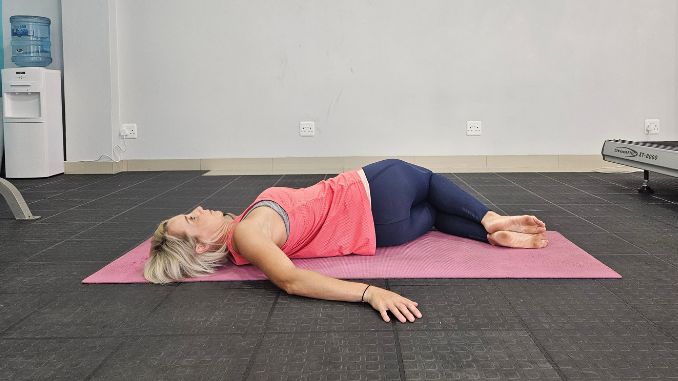
Conclusion
Managing menopausal joint pain includes lifestyle changes, exercise, alternative therapies, and possibly medications or hormone treatments. Each woman is different, so finding what works may take time.
Stay proactive, consult experts, and focus on self-care to improve comfort and mobility. Aim for a pain-free life.
Discover the path to pain-free movement with our 14-Day Joint Recovery Quick Start Program. Start your journey to healthier joints today!

